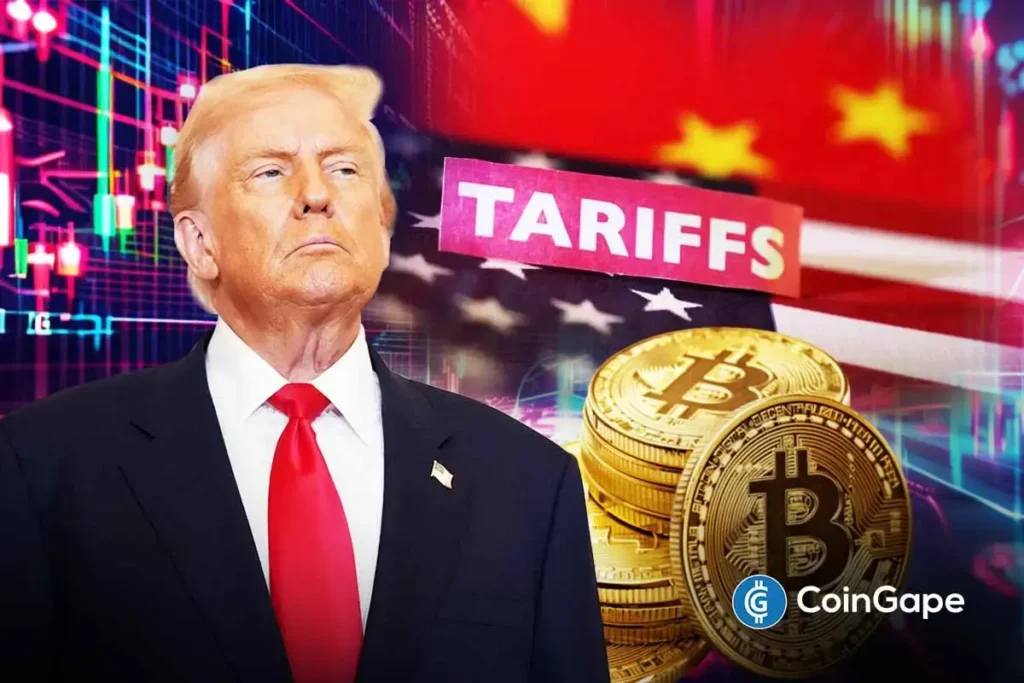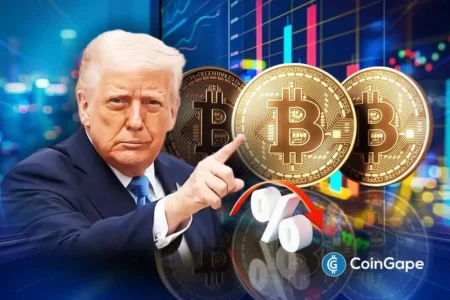The Impact of the US-China Trade Deal on Bitcoin and the Crypto Market
In recent developments, President Donald Trump and Chinese President Xi Jinping concluded a highly anticipated meeting, resulting in a significant reduction in tariffs and the establishment of a one-year trade deal. This diplomatic engagement not only marked a turning point in US-China relations but also stimulated a noticeable rebound in the cryptocurrency market, particularly Bitcoin. Trump’s description of the meeting as “amazing” underscores the positive implications this trade agreement holds for both economies and the global markets.
Reducing Tariffs: A Positive Sign for Investors
The trade deal comes amidst economic tension that stems from tariffs imposed by both nations. Following a historic visit to Asia, Trump announced reductions in tariffs, including a significant drop in the fentanyl-related tariff to 10%. The overall reduction of US tariffs on Chinese goods from 57% to 47% has been welcomed by investors concerned about inflation and trade disruptions. These changes not only ease tariffs but also indicate a potential shift in policy that could foster better trade relations, fueling optimism within the financial markets, particularly in technology and cryptocurrencies.
A Market Rebound: Bitcoin’s V-Shape Recovery
The immediate aftermath of the trade deal saw a resurgence in Bitcoin prices. After dipping below $118,000, Bitcoin rebounded to around $110,250, showcasing a V-shaped recovery that caught the attention of traders and investors. Other cryptocurrencies such as Ethereum, XRP, Solana, and Dogecoin followed suit, each surging over 1% shortly after the announcement. This increase illustrates a market reaction to the easing of trade tensions and the potential for more stable economic conditions, fostering investment in risk assets like cryptocurrencies.
Trading Patterns and Market Dynamics
Despite the positive price movement, Bitcoin experienced a slight decline of 2% in the past 24 hours, indicating that the market remains somewhat cautious. Trading volumes were relatively flat, presenting a paradox in which positive news failed to generate significant trading enthusiasm. Additionally, major players like Elon Musk and Fed Chair Jerome Powell influenced the market environment, demonstrating how various actors can contribute to market hesitance. This hesitancy underscores the complexity of the cryptocurrency market, where external influences play a major role in determining short-term trading patterns.
ETF Outflows: A Cause for Concern?
Compounding these dynamics, recent data reveals troubling trends regarding cryptocurrency exchange-traded funds (ETFs). A total net outflow of $471 million was recorded across US Bitcoin ETFs, with no new inflows across all 12 Bitcoin ETFs. Prominent players like BlackRock and Fidelity experienced significant outflows, raising questions about investor confidence in the current environment. While some analysts remain bullish on Bitcoin’s longer-term prospects, these trends suggest that many investors are taking a wait-and-see approach before committing further capital to the market.
Future Outlook: What Lies Ahead for Bitcoin and Crypto?
As we observe the unfolding events from the US-China trade discussions, analysts project a cautious optimism surrounding Bitcoin and the broader crypto market. The collaboration between the two nations in reducing tariffs and diminishing geopolitical tensions could serve as a catalyst for further market recovery. Some analysts predict that if the current trajectory continues, Bitcoin may hit the $120,000 mark by November. This potential revival highlights the crypto industry’s resilience amid fluctuating external conditions, and market participants are urged to stay attuned to evolving developments as they unfold.
Conclusion: Navigating the New Landscape
The recent US-China trade deal has laid the groundwork for renewed investor optimism within the cryptocurrency market. With reduced tariffs and a commitment to negotiate annually, the potential for economic stability appears bright. While short-term trading fluctuations persist, the long-term outlook for Bitcoin and other cryptocurrencies remains robust. By carefully monitoring market signals and geopolitical developments, investors can position themselves to capitalize on potential opportunities in this evolving landscape.
















